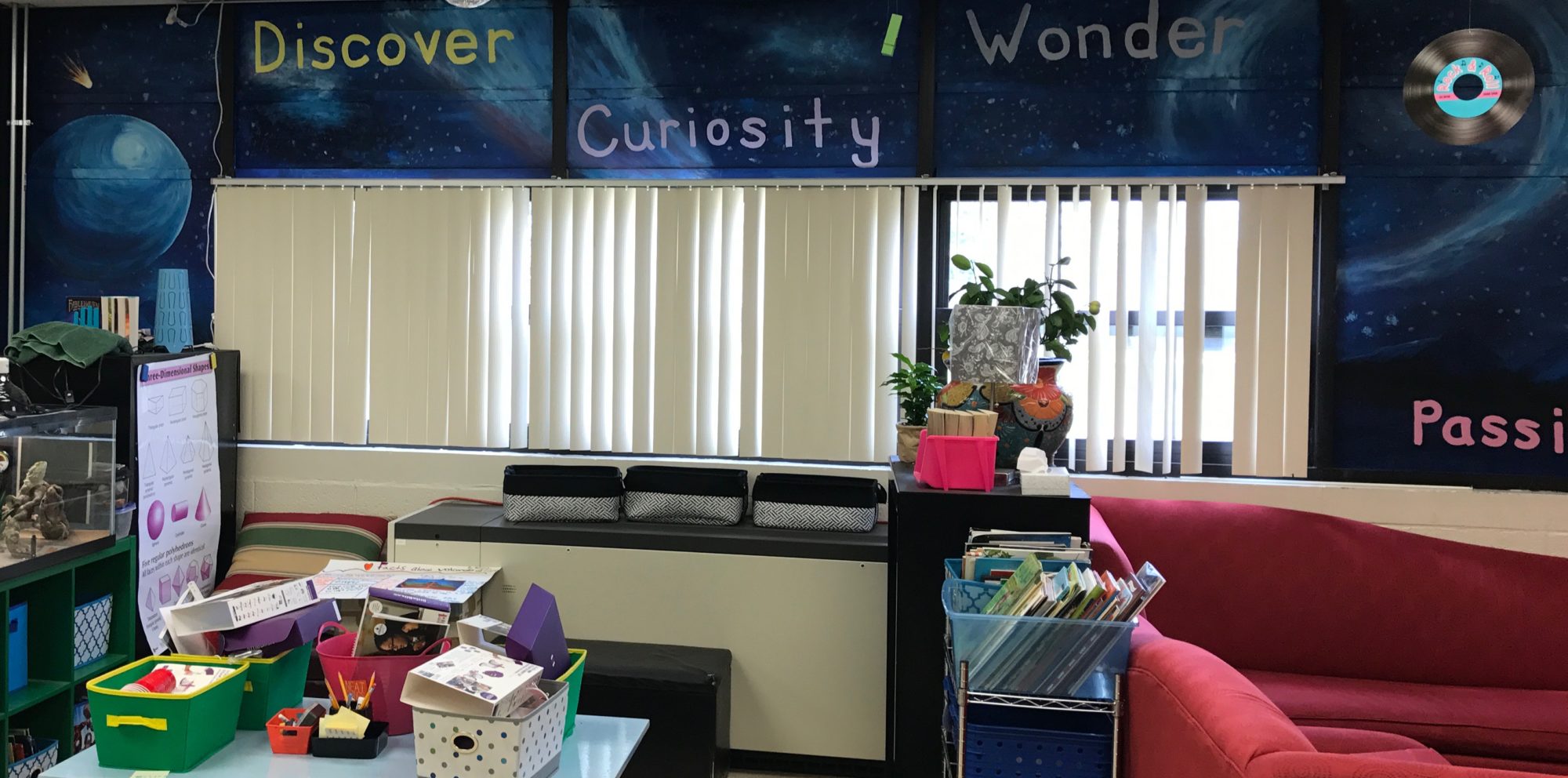

It is now July and I have returned from an awesome family vacation to Alaska! The picture to the right is my son and I. It’s my first time on a small plane that lands in the ocean and I have to admit I am nervous (yes, I smile and often laugh when I am scared!) There is nothing like the excitement of doing something for the first time no matter how scary it is. Personalized learning was no different! I am ready to take a moment to reflect on last year’s journey down the personalized learning road. I know my team learned much about ourselves, learning, and students. I am going to start with the positives:
- Student Proficiency Profiles: I loved them! I do not think I have ever paid so much attention to the standards and where each student is at as I have this year using the Student Proficiency Profiles. It was rewarding to see students take a more active interest in the Student Proficiency Profiles as well. With our 4 scale grading system previously used both students and parents were often under the understanding that a 2 simply meant they had a little bit of catching up to do, not that they were behind grade level. With the Student Proficiency Profiles families could clearly see what grade level they were working at. This opened up many conversations between students, parents and teachers.
- SeeSaw: We had students keep digital profiles of their work throughout the year. I love the many uses SeeSaw provides with communicating with parents. Not only did it provide evidence of their learning but ongoing conversations with families. We also used the blogging portion of SeeSaw to connect with other schools. I was not as happy with this and will go back to using Edublogs this upcoming year because I like the ability for students to have their own blog pages they customize.
- Personalized Learning Plans (PLP): This is definitely a work in progress for me. PLP’s are plans students can use to practice the standard they are working. We utilized Google Slides for this. There is a slide for each standard with links to websites that provide additional practice. Students can do independent work at any time of day! We have most of math done but am finding reading to be more challenging for a few reasons. It is more difficult to find tutorials and practice materials online.
- Relationships: There were both positives and negatives here. Some of us felt that they struggled more to have a close knit group with the mixing up of students. Since I was a new teacher to the school I felt like I developed more relationships than I would have. I enjoyed getting to know more students at different ages and I loved working with my team of teachers!
The negatives are much less than the positives. That should tell you how I feel about personalized learning! As a group of teachers, students, and parents I can tell you that sometimes it was exhausting!
- There was lots of prep work, reflecting and modifying going on throughout the year.
- Communicating with families was more vital than ever and at times it was difficult to help them understand the new system of reporting student growth.
- Scheduling was a challenge to make the multi-age groups work.
In conclusion I would definitely say it was all worth it and I am looking forward to the upcoming year. We are bringing in 4 additional teachers/classes. Expanding this way is making it easier to group students. I look forward to seeing how our program will grow this year!


 As we roll into the first report card session of the year I am finding that some things we have been doing as a Personalized Learning team have made this time easier and some things I had to really think hard about. Here is the low down:
As we roll into the first report card session of the year I am finding that some things we have been doing as a Personalized Learning team have made this time easier and some things I had to really think hard about. Here is the low down:









